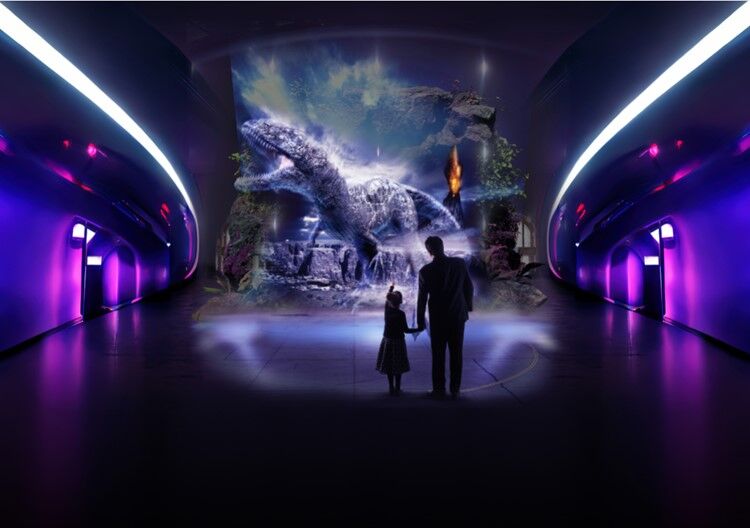by Lluis Milà, Panasonic Connect Europe
The incredible success of Avatar: The Way of Water is just one of the factors that has put 3D back into focus for the entertainment industry. Incredibly, the movie has already scaled the heights to become the third-highest-ever grossing movie. This knocks Cameron’s own Titanic one rung down the ladder. The ability to see the world of Pandora in 3D has been cited as one of the driving factors behind its huge success.
Away from cinema, major theme parks are already using headsets and high-tech glasses to provide virtual and augmented reality experiences. However, although thrilling for a short ride, these experiences are limited in some ways. They only allow each participant to experience the ride alone and commercially the headsets are expensive to deploy and maintain.
The holy grail is to be able to provide an immersive 3D experience without complex headset technology. This will allow participants to share their experiences with friends and family.
3D growth projected
Interestingly, Disney has reportedly recently patented its virtual world simulator. This technology could use projectors to create a 360-degree immersive world. In many ways, projection technologies are already there to bring this concept to reality. Yet it may take a little time for the computer processing power to catch up.
But Disney’s move certainly underlines the fact that 3D is here is stay and the numbers back it up. The global 3D technology market is expected to reach €703bn by 2030, up from €171bn in 2020, and growing at a compound annual growth rate of 16.3%, according to Allied Market Research. As well as growth in the healthcare, defence and other industrial sectors, it is the entertainment industry that is expected to spearhead this development.
Varied applications
However, it’s not just cinemas and theme parks where this type of 3D projection is having an impact on the location-based entertainment (LBE) industry. The Big Swing Golf franchise, for example, has built its indoor golf centre success on the realistic quality of its projection-based simulators.
They quickly realised that most indoor golf centres aim at casual fun – rather than at those who want to improve their game. There was a gap in the market for a serious golf simulator experience and it worked. Some of the biggest names in golf, including Tiger Woods and Jason Day, favour Full Swing’s systems.
The Full Swing Golf simulators have a technology edge. It combines a high-speed camera for club head metrics with 3D infrared tracking of the ball’s flight. In addition, the simulator offers superb projection visual quality. It relies on Panasonic PT-VMZ50 WUXGA laser projection for its display requirements.
3D projection in action for location-based entertainment
“We needed to find a projector that was just as happy projecting in a 4:3 aspect ratio as it was a 16:9 aspect ratio,” explains CEO Rob Oppedisano. “It’s getting harder to find a projector that doesn’t impose some image loss when you do that.”
This is important to Big Swing Golf’s residential installations. If the space is a little cramped, then 4:3 will be preferred. “In those cases, you need to find a projector that has the same image quality: same brightness and doesn’t lose a lot of resolution along the way.”
The laser light source is also a powerful development for Big Swing Golf, especially in its franchised golf simulation lounges. Here, the projectors can be running 18 hours a day, seven days a week.
“The Panasonic units are 5,000 lumens, which is great, and we wouldn’t want to compromise on that. Previously, we were swapping out lamps every year and it was bad for business — tedious, and sometimes they’d go wrong at the worst possible time.”
Making the right choice
3D projection will have a role to play in many areas of entertainment over the coming years. And not only at the next big blockbusters and rides at theme parks. It will also be seen at smaller LBE venues such as sports simulators, museums and exhibitions.
The key will be choosing the right 3D projection technology to meet the need. That’s why Panasonic has produced its latest paper – Putting 3D into Perspective, the 3D Tech Guide for Location Based Entertainment. Download it now here.
